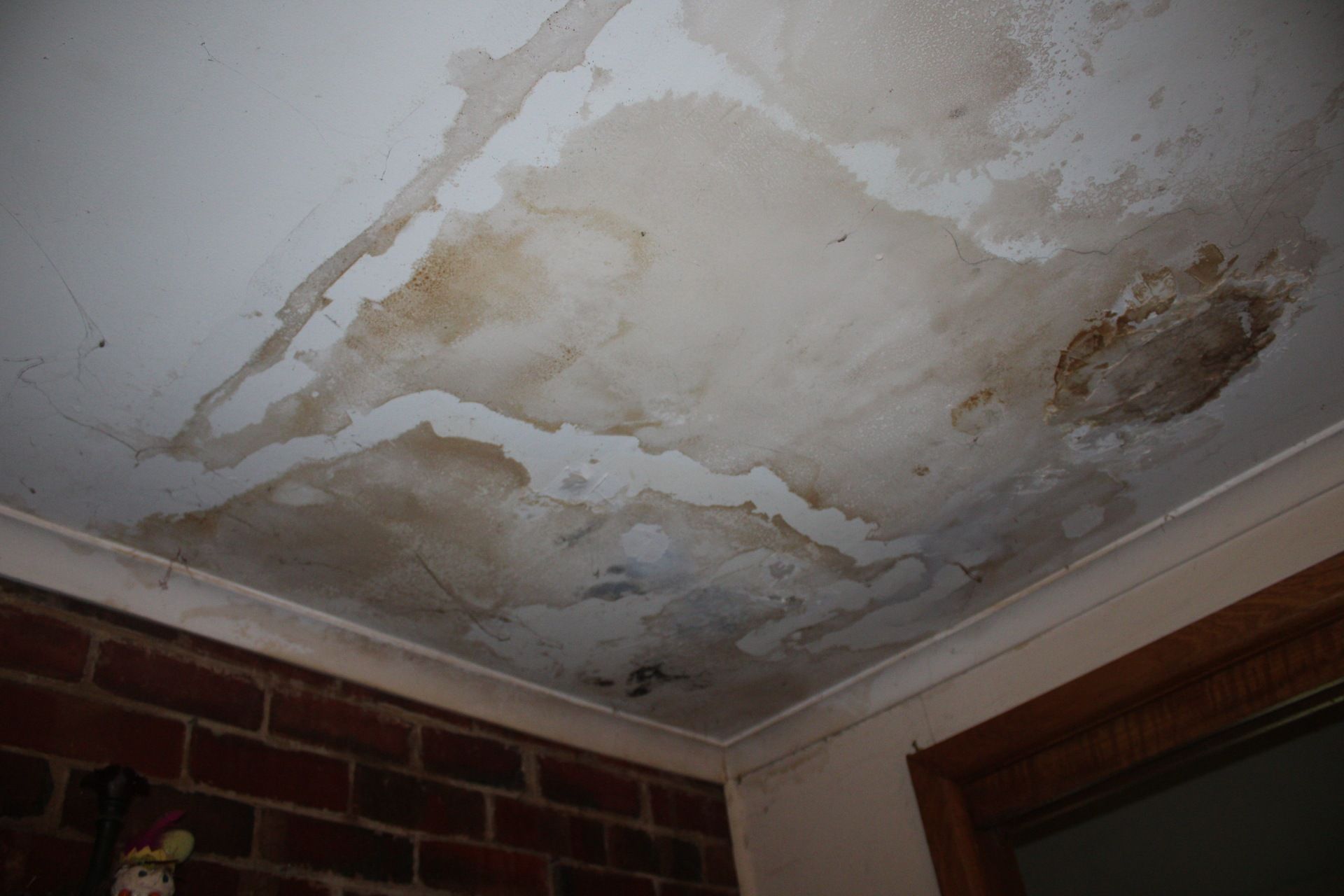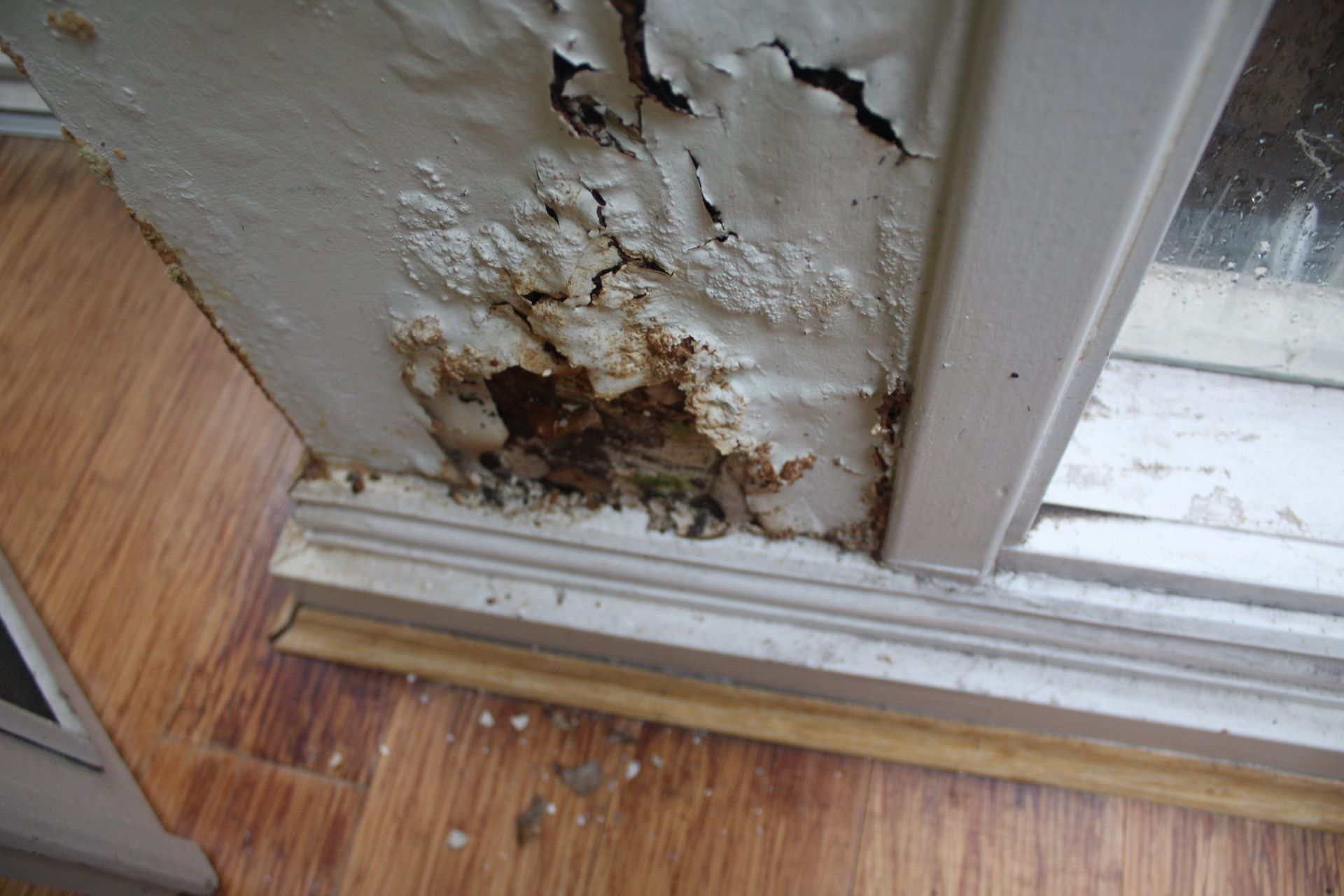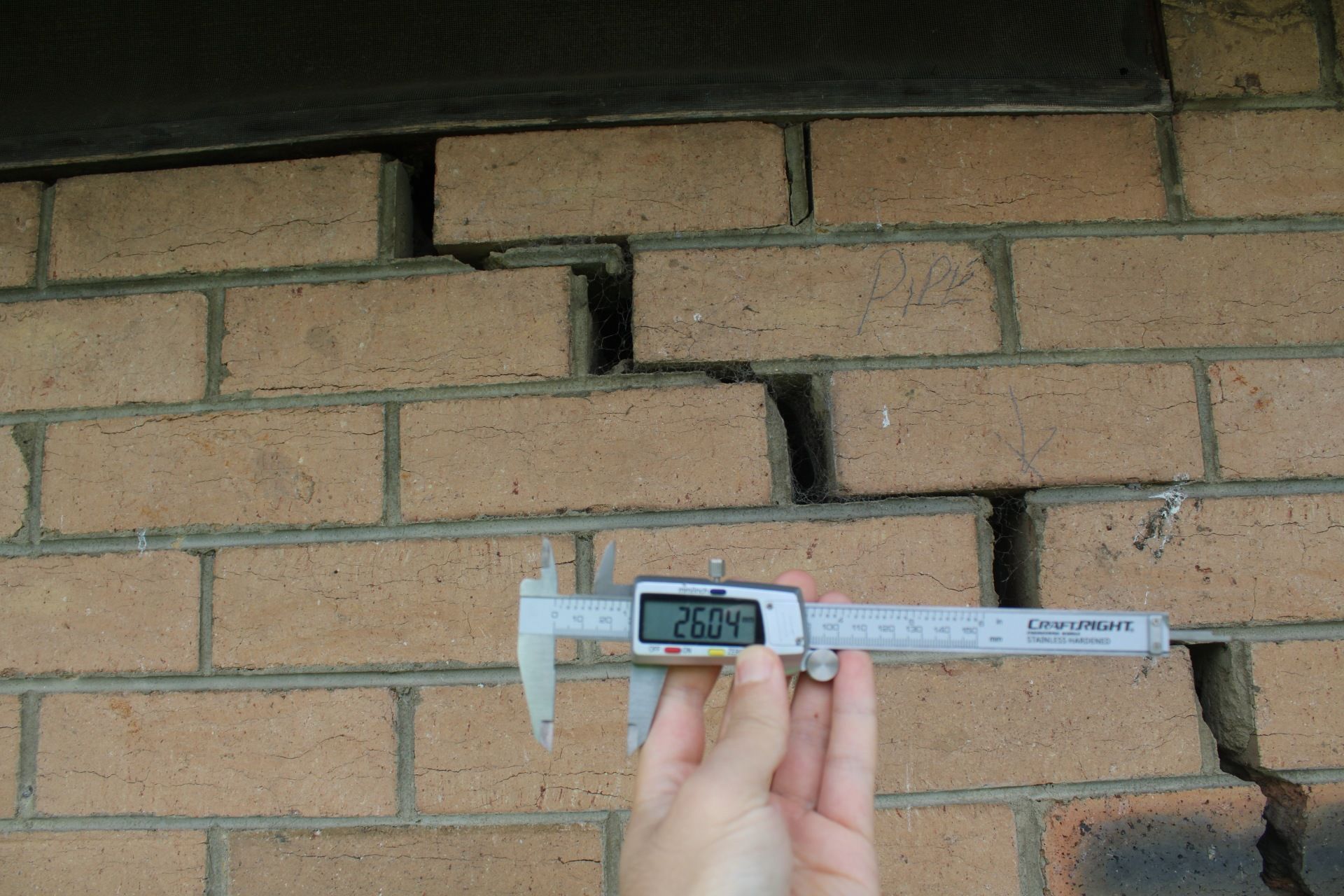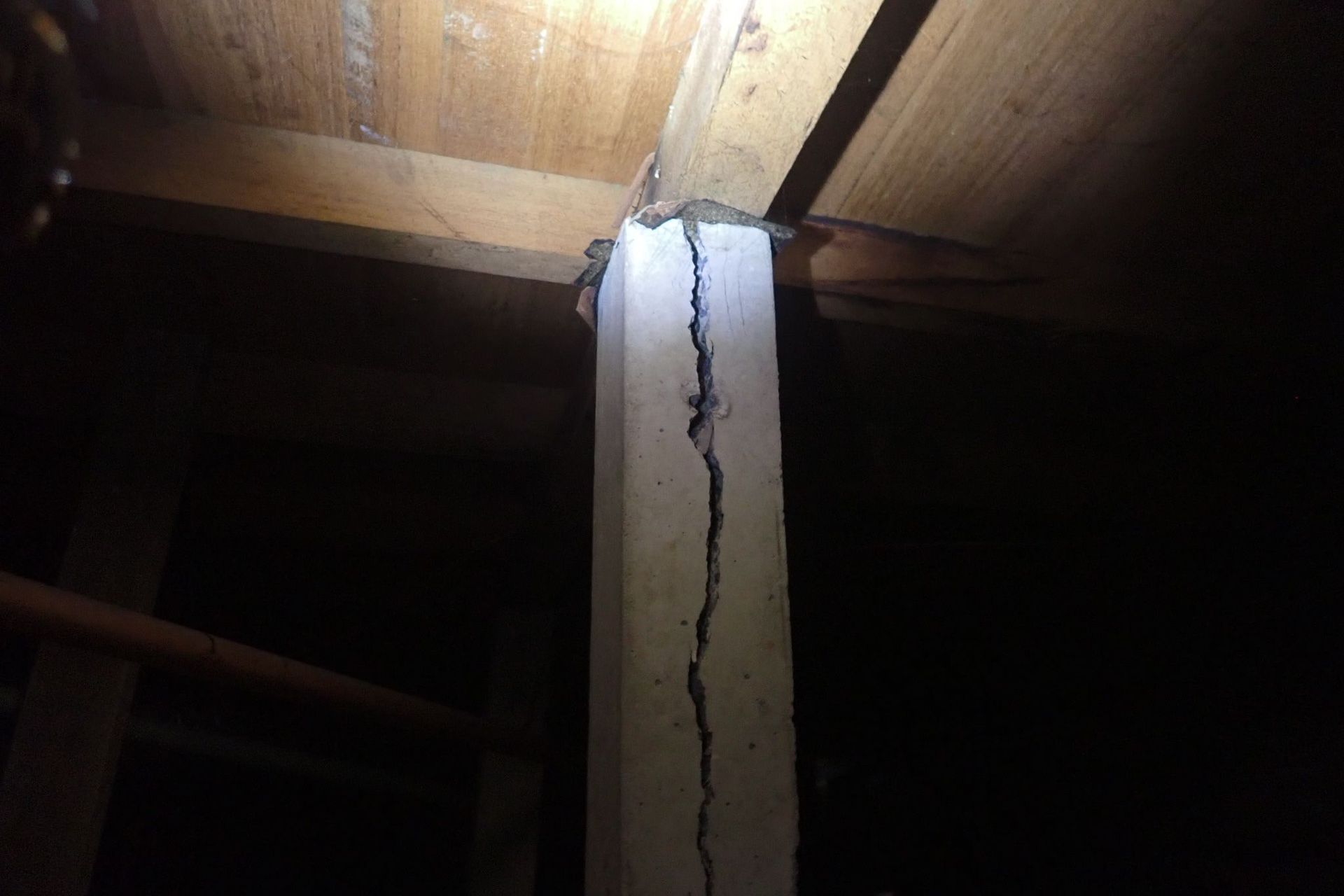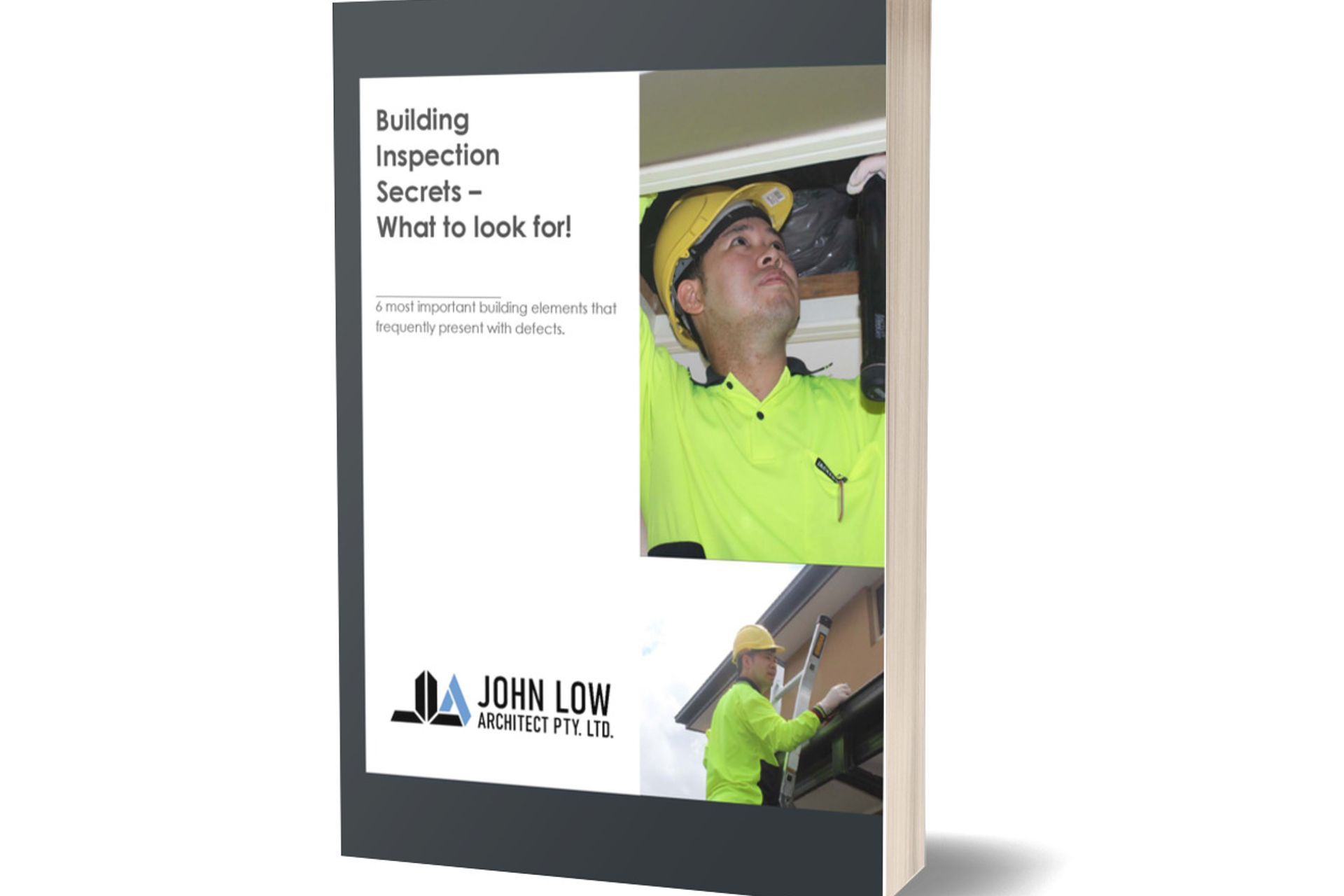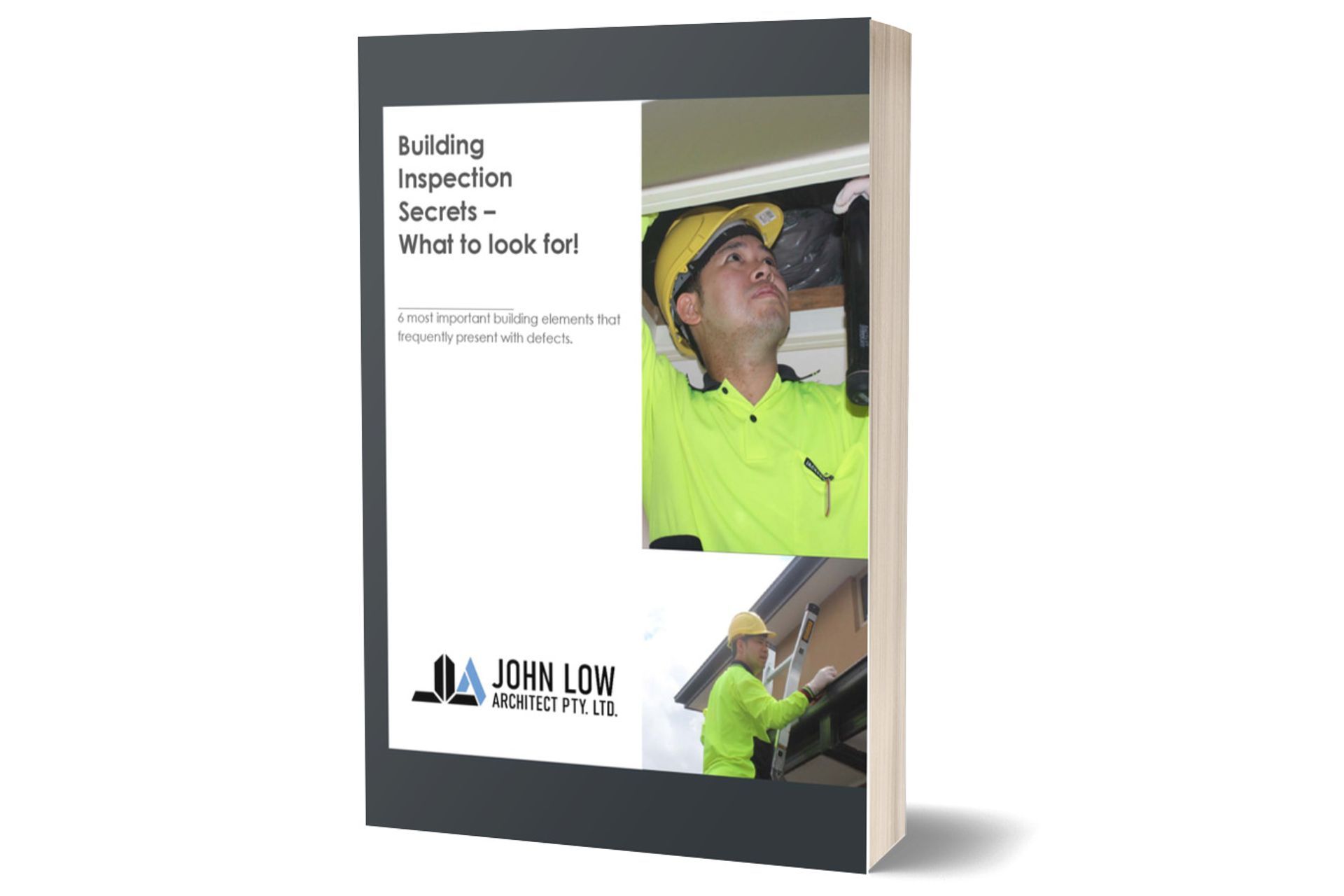Building Inspection Secrets - What to look for!
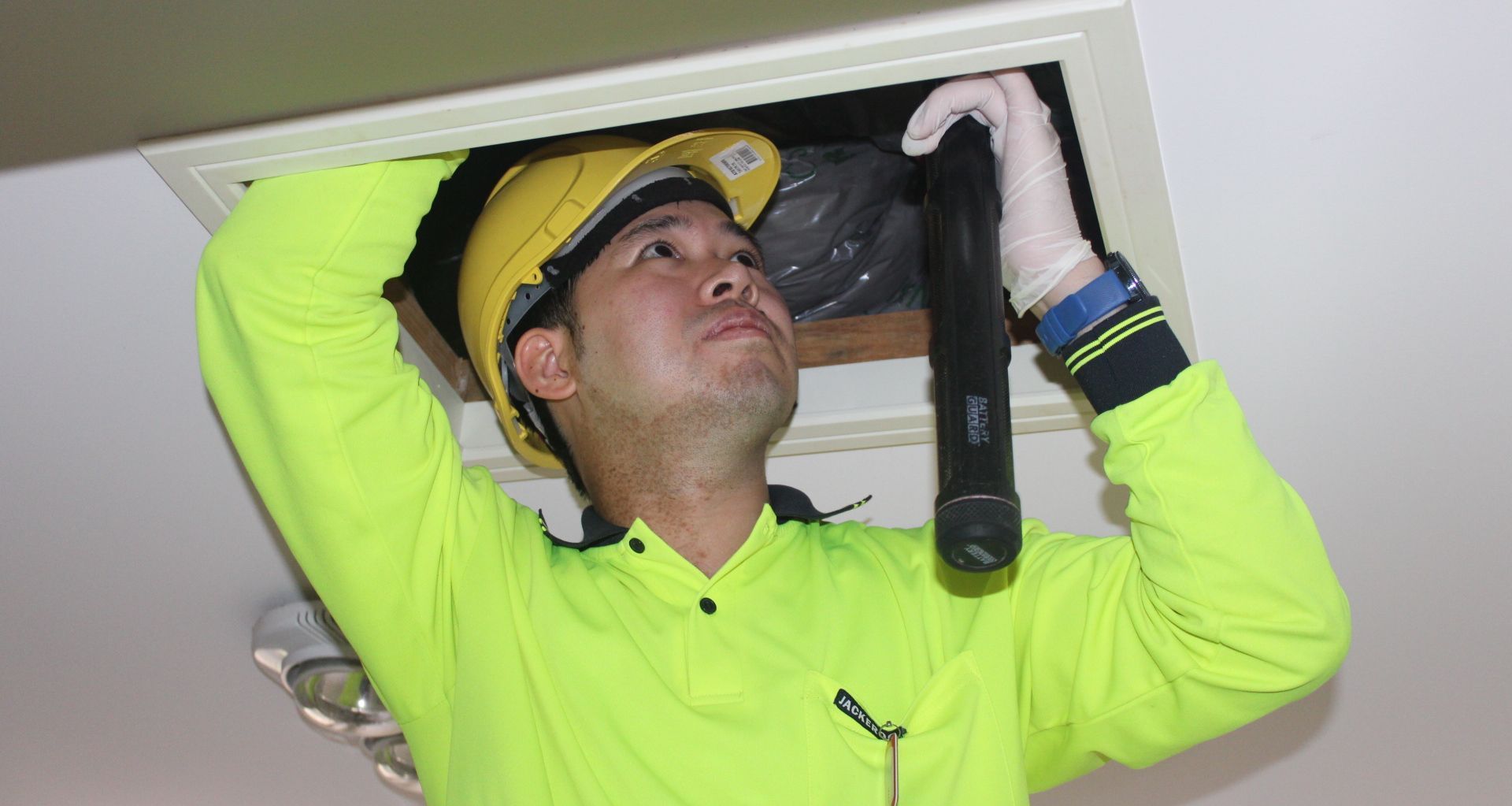
A guide highlighting the most important building elements that frequently present with defects.
Building Inspection Secrets
Are you looking to buy your first home property? Perhaps you’re looking to expand your property portfolio in Melbourne? Or maybe you're an established developer from out of state looking to get your feet into Melbourne. If there is a building on the land this report is for you!
There are many things to consider, first and foremost is the condition of the building on it, whether it is worth your financial investment, and whether it can contribute to the expenses.
I have written a guide which highlights the most common defects that you would want to be aware of when selecting a house, whether it is for yourself or for investment.
There are many factors that come with the geography of the property. While the majority of these points may be applicable to buildings anywhere in the world, take into account that my experience has been gathered in Melbourne, Australia.
I hope this guide serves as a foundational step to your building acumen, so that any highlighted defects arising from an inspection can lead you to the right course of action. If it at least brings to your attention of something that should be further assessed by an expert, this guide will have served it’s rightful purpose.
Below is an extract taken from the guide. If you have found it helpful, the full guide with all the rest of the defects can be downloaded here.
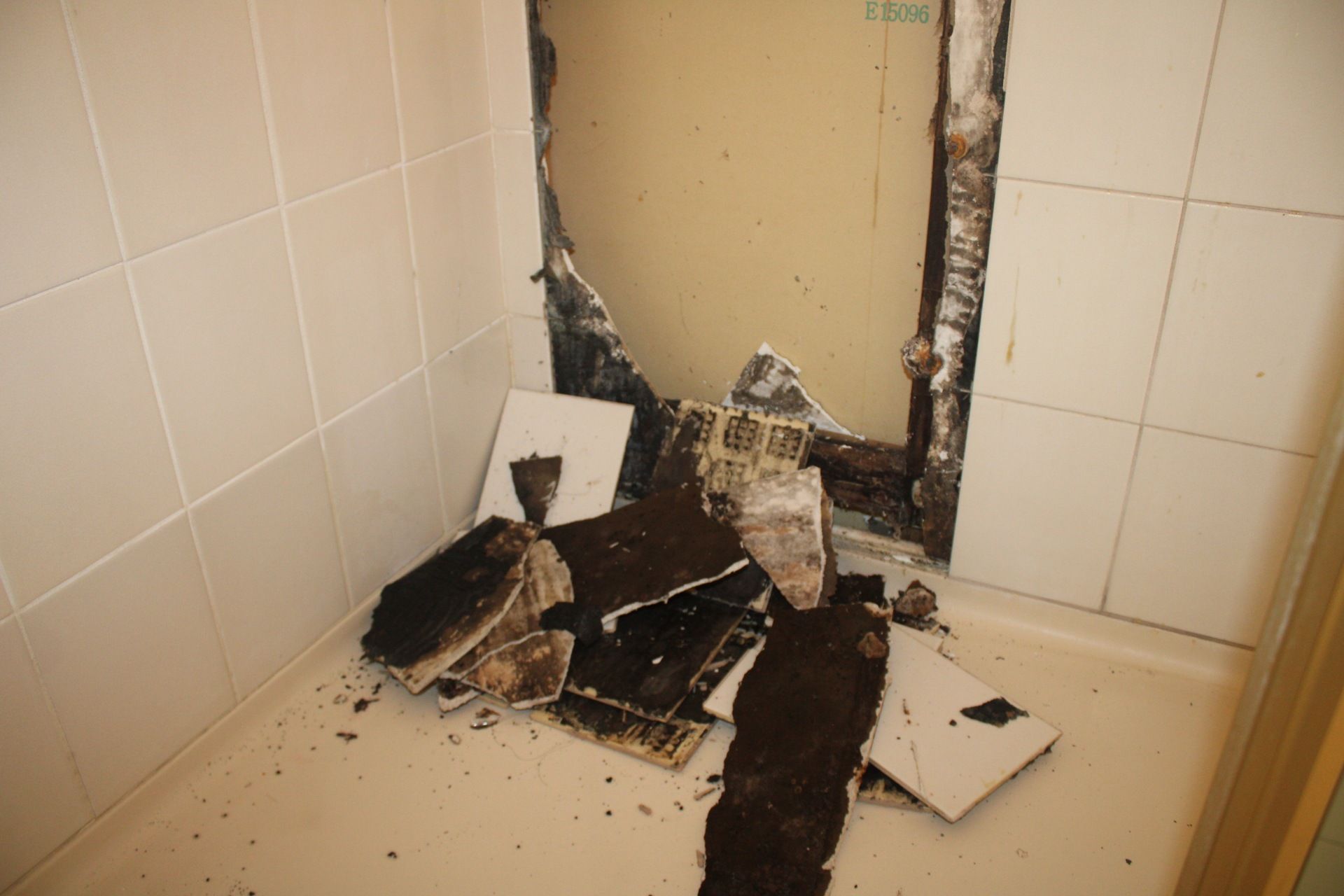
Showers
Shower recesses can and do fail. This is often arising out of building movement fracturing waterproof membranes or there being no membrane at all. Although the building codes and regulations have gradually improved, the consequences of older constructional techniques have repercussions over the recent decades. It’s no surprise to see a twenty year old shower failing.
Signs to look for:
Mould growth, discolouration, warping to material, efflorescence (crystallisation of grouting to the floor or wall tiles). These usually manifest in the wall adjacent to the shower. If it’s within the shower it usually can b e contained into the drain. However it is prudent to check walls and floors of rooms directly adjacent to the shower. Having a moisture meter greatly assists in this assessment.
If there is visual access to the underside of the floor, either from a ceiling hatch of from within the sub-floor, you can also confirm if the state of the waterproofing drains into the outlet or if it is leaking below. Mould growth and discolouration to substrates, rotted timber frames or damp mould growth to the floor below the shower can be seen if the waterproofing has compromised.
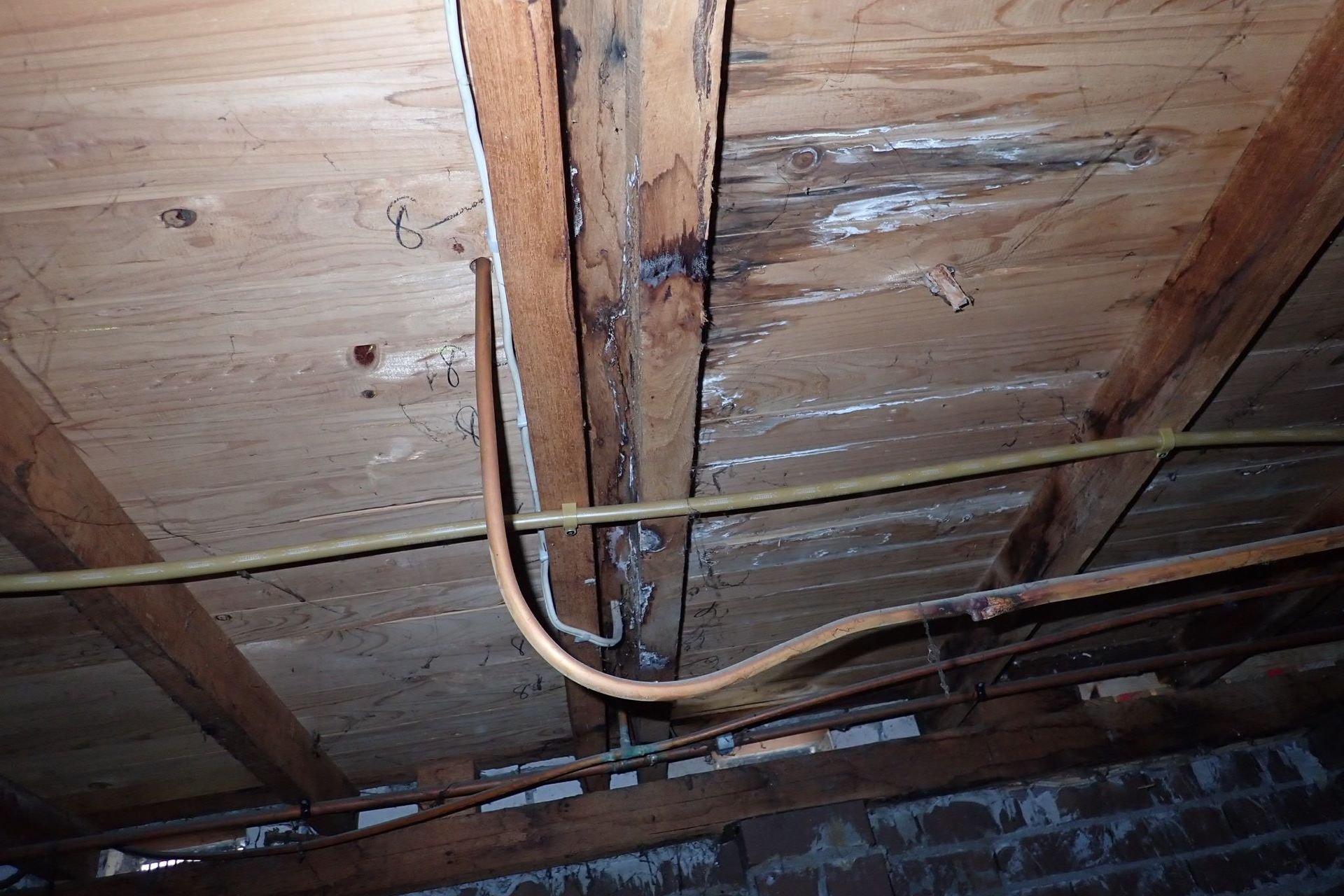
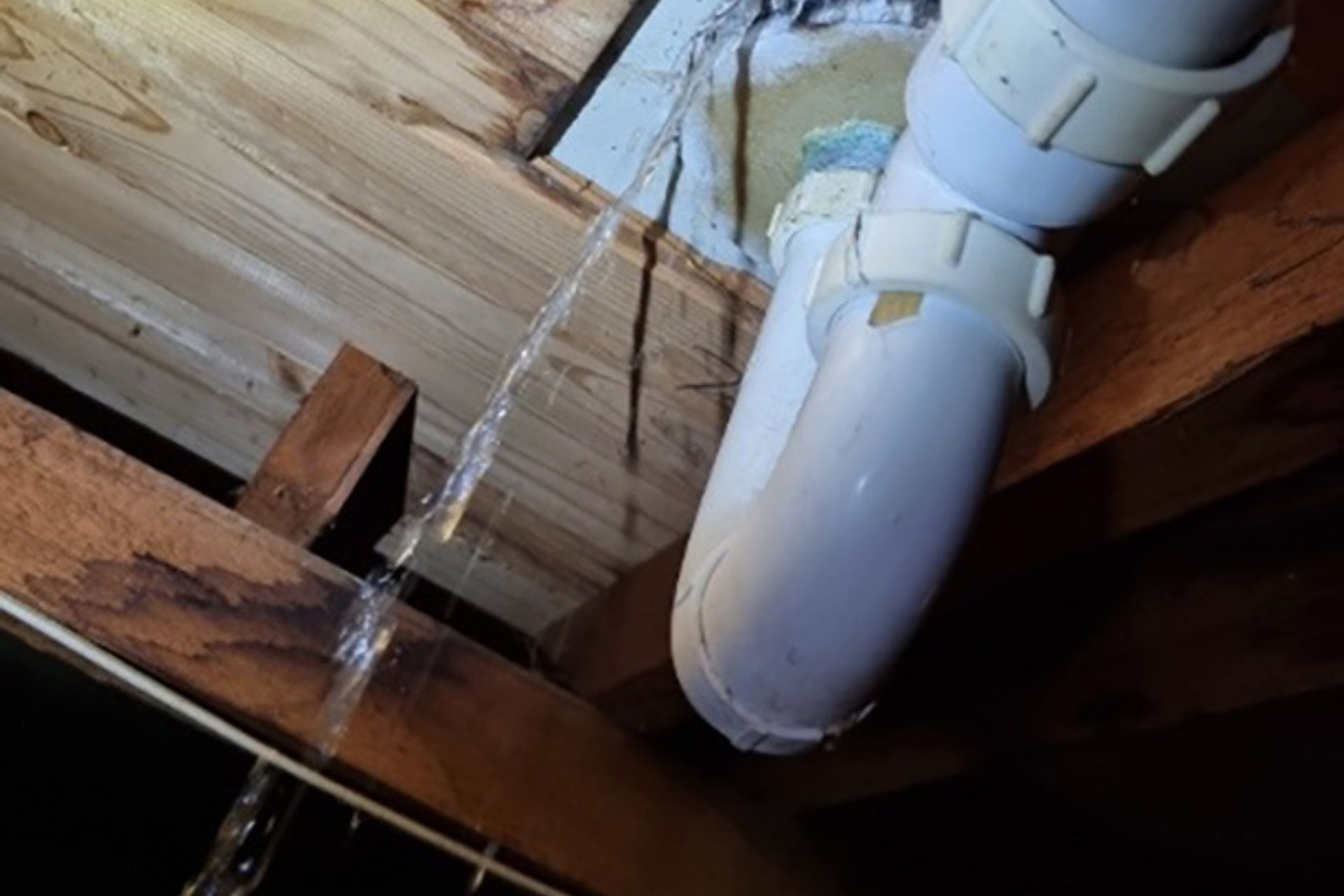
Reason:
Waterproofing membranes are thin. Even when laid right, it doesn’t take much for them to fracture if the building moves. Like balconies, they’re also affected by poor installation techniques.
This is compounded by the fact that most waterproofing membranes are not designed to hold moisture, only to divert it away to its nominated drain.
Common Strategies:
Unfortunately waterproofing membranes are fragile and not easily mended, usually resulting in a full refit to failing showers. The membrane should be laid and cured as a single sheet, and any penetrations will tend to persist being issues. It is no surprise that bathrooms are one of the most common upgrades in a house to freshen the building.
To ensure deterioration is managed, any damaged timbers and substrates should be replaced so as to remove any mould or timber rot spores affecting the rest of the structure. Otherwise these will be constantly active especially in a damp environment.
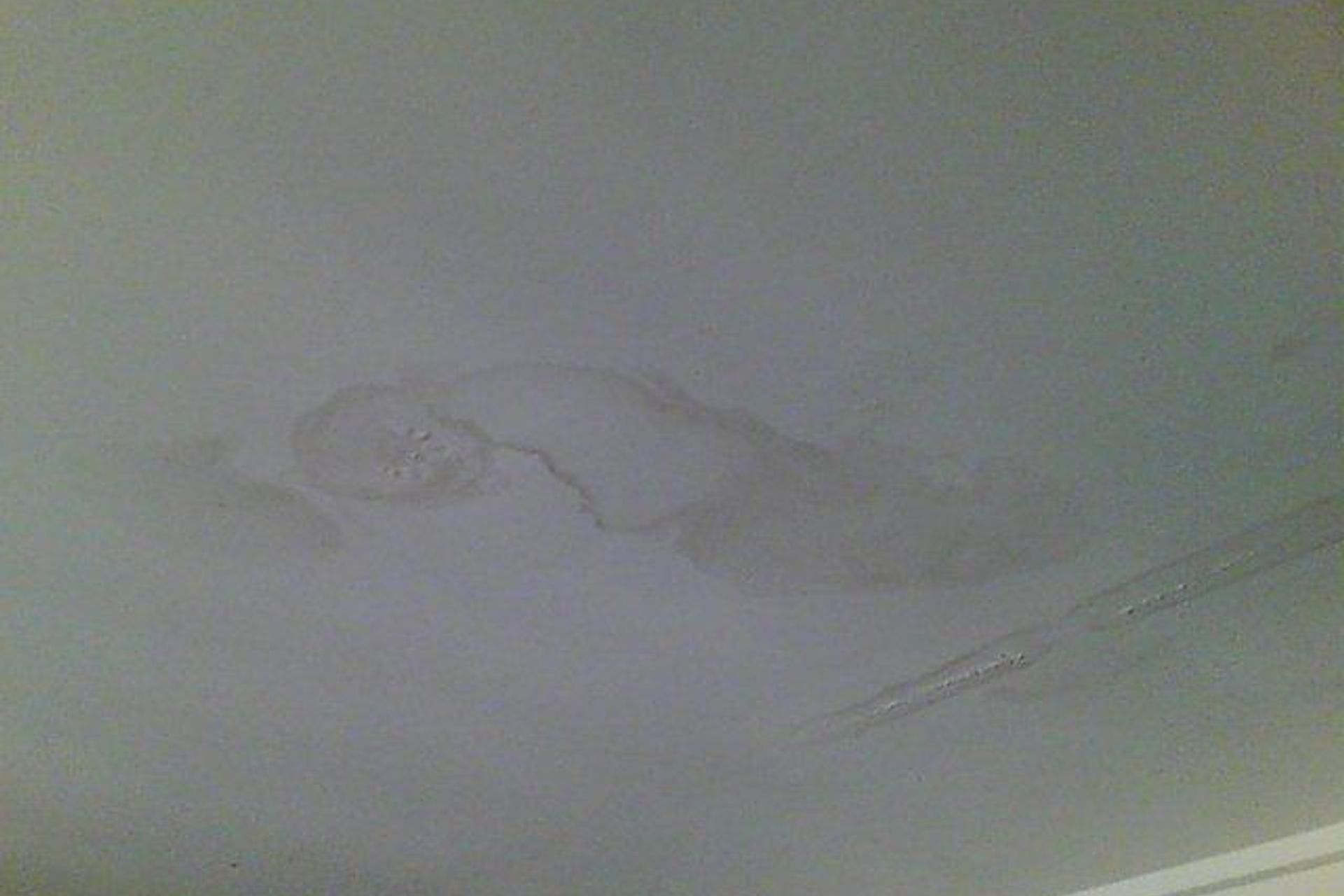
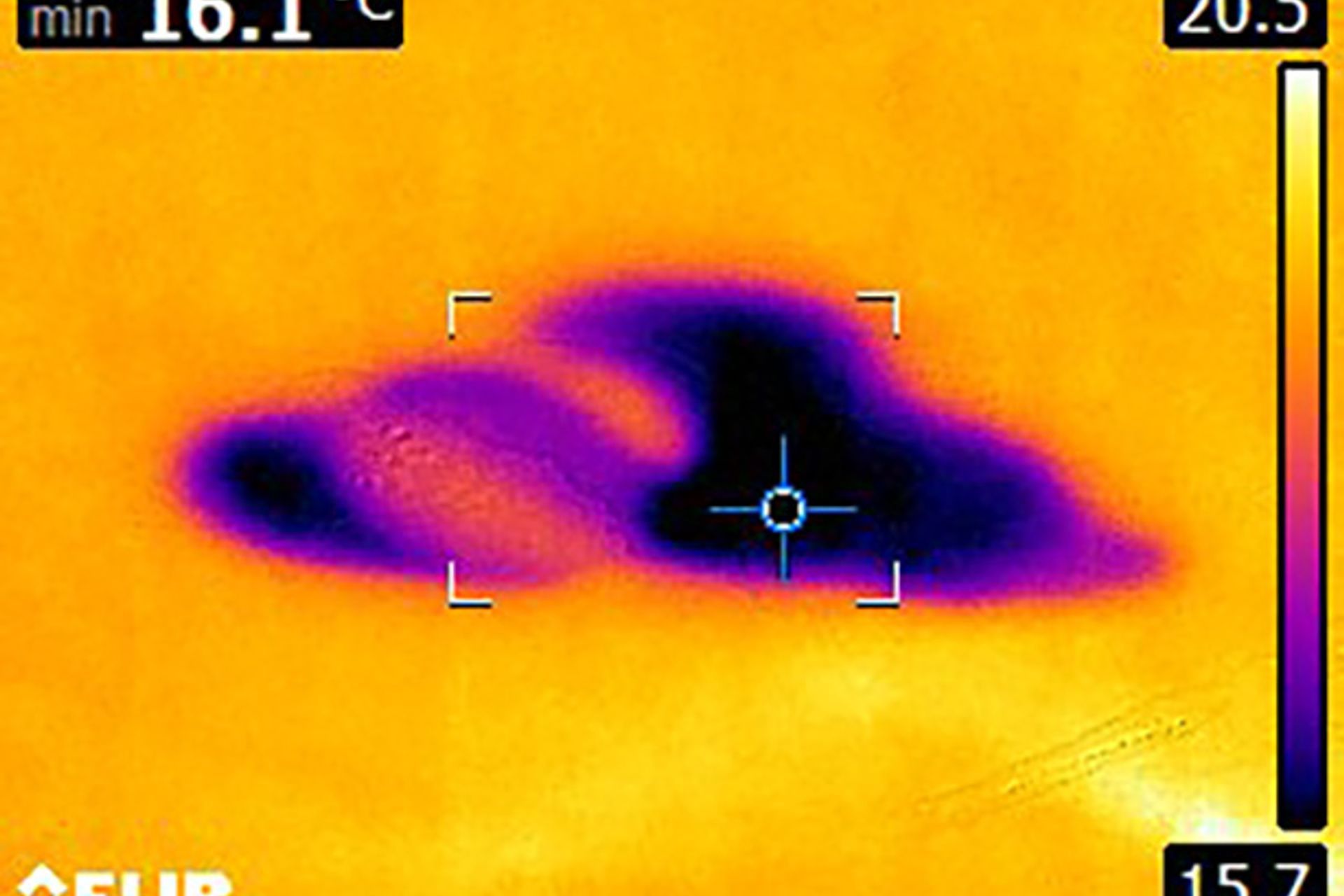
For these reasons, and the fact that every dwelling has at least one bathroom, it ranks as number 2 of our list. Want to know all the others? Click the book below to download the full guide.
If you would like to know more, click the link to the left. The full guide will:
- highlight the most common defects that you would want to be aware of when selecting a house, whether it is for yourself or for investment.
- describe the signs of damage manifestation.
- explain the reasons for its defectiveness.
- notify you of the type of work typically required for their rectification.
- serve as a foundational step to your building acumen, so that any highlighted defects arising from an inspection can lead you to the right course of action.
- bring to your attention of what should be further assessed by an expert.
